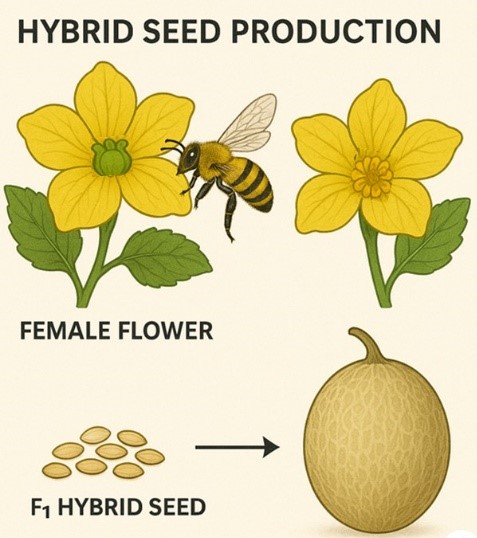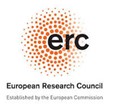European Research Council (ERC) : the HybridSeed project
A. Bendahmane team
|
|
HybridSeed: Sex determination genes as a toolbox for F1 hybrid seed production and yield increase Grant: ERC POC Grant |
Objectives
How the gender of a flower or plant is determined is an important question in plant developmental biology. Understanding this process has also practical applications, as the gender of a flower or plant determines how it is bred and cultivated. HybridSeed project aims to engineer plant prototypes with three goals: (i) reduce the cost of F1 hybrid
seed production, (ii) improve yields of F1 hybrid plants, and (iii) simplify the itinerary of the crops, from the seed companies to the producers.

Methodology
HybridSeed project is built on the knowledge of the genes controlling the development of unisexual and hermaphrodite flowers, obtained within the ERC advanced grant SEXYPARTH.
We have published these works in the following papers (Science 2008, Nature 2009, Science 2015, Science 2022 and Nature Plant 2023. We have shown that the gynoecious (G) gene codes for a zinc finger transcription factor, CmWIP1, the andromonoecious (M1) recessive gene for an ethylene biosynthesis enzyme, CmACS-7 and the androecious gene (A) for CmACS11. Recently, we cloned three additional components of the sex determination pathway. One of them, the andromonoecious (M2) gene, encoding CmHB40. Mutant alleles will be produced and combined to produce different sexual morphs that will be phenotyped for sex stability and fruit production
Significance
HybridSeed is positioned at the crossroads of a technology dedicated to F1 hybrid plants production and the cultivation of cucurbits.

